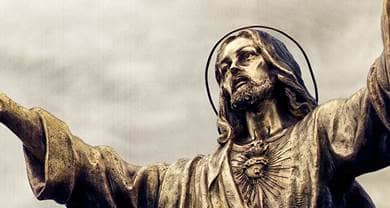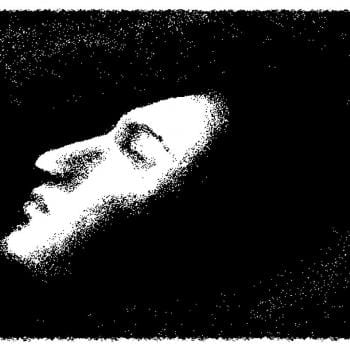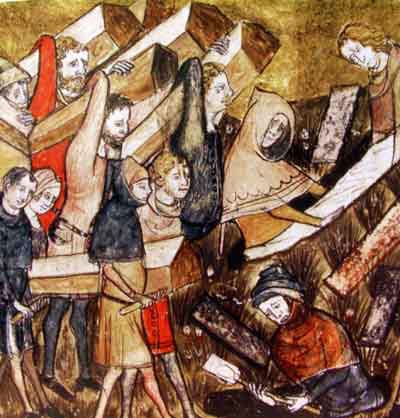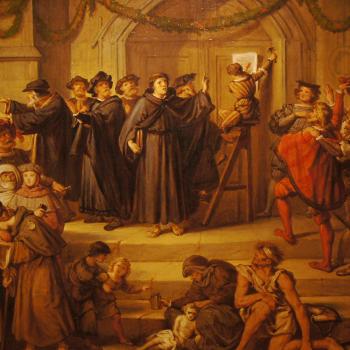- Trending:
- Pope Leo Xiv
- |
- Israel
- |
- Trump
- |
- Social Justice
- |
- Peace
- |
- Love

RELIGION LIBRARY
Lutheran
Missions and Expansion
Lutheranism spread quickly in northern Europe. It spread in part because Luther's message of justification by faith alone (that is, salvation is through the free gift of God and not dependent on any merits of the sinner) struck a chord in a religiously anxious age. An unsettled population was relieved to have their salvation solely in the hands of God. It also spread because of political tensions in Europe. Many princes found it convenient to align themselves against the pope and/or Emperor, especially since joining the reform movement made it possible to "secularize" church property (seize it for the good of the people, as administered by the state).
Lutheranism has always been fairly flexible in its institutional structure, since it defines itself by a set of core doctrines rather than by church polity. It became the national or "folk" religion of major parts of Germany and the Scandinavian countries. All regions dominated by Lutheranism have experienced tensions between confessionalism, rationalism, and pietism. But beyond that, regional adaptations are difficult to separate from the (relatively minor) cultural differences between the Germanic European countries.
Lutheranism spread mainly through emigration. Lutheran missionaries participated in all the positive and negative aspects of colonization. They played a role in the expansion of western modes of education and medicine, but also exploitation of the people and resources of the colonized areas. In 1840, the Danish-Halle Mission sent John Henry Karl Cordes to India, first to Madras and then to Tranquebar (Tharangambadi). In 1860, the Lutheran Church in America started the first Lutheran mission attempt in Africa, founding a boys' school in Muhlenberg, Liberia, forty miles from the coast. When Danish possessions in India were sold to Great Britain, the mission petitioned the King of Denmark not to sell their mission lest the Lutherans lose ground to the Anglicans. The King agreed.
The most famous Lutheran missionary is probably Albert Schweitzer (1875-1965). (At the end of his life he became a Unitarian.) Schweitzer, a gifted organist, completed his Ph.D. in philosophy and theology in 1899 at the University of Tübingen. In 1905 he published a ground-breaking book on J.S. Bach, and in 1906 a classic study in theology entitled in English The Quest of the Historical Jesus. He surveyed the scholarship on Jesus up to his time, concluding that the portrait painted by authors of works on Jesus changed to reflect their own interests and convictions. Schweitzer's own conclusions were that Jesus was an apocalyptic preacher, that he and his followers really expected an immediate end of the world. In this way Jesus' own religion was not the same as the religion about him that was developed by the medieval church and continued to Schweitzer's day.
Schweitzer's life plan was to pursue his interests until about the age of 30, and then, like Jesus, to devote himself serving humanity. He applied to be a missionary in 1905 with the French Missionary Society, but the Roman Catholic organization did not accept him because they were suspicious of his Lutheran beliefs. He then went and studied medicine, receiving his degree in 1911. In 1912, he applied to the Paris Mission Society to begin a mission in Gabon, Africa. They too were suspicious of his Lutheranism, but he persuaded them to allow him to begin a medical mission in the French colony. At his own expense (raised largely through organ concerts), Schweitzer and his new wife built a hospital. He spent much of the rest of his life in Africa (he was expelled by the French during World War I). His work in Africa was not uncontroversial. Visitors found him to be aloof and condescending to the Africans, and he did not train them in medicine, relying completely on doctors and nurses from Europe.
Lutheran mission work has changed significantly in recent years, in part because the majority of the world's Christians now live in Latin America, Africa, and Asia rather than in Europe and North America. Lutherans from Europe and North America formerly saw themselves as sending pastors to convert and lay people to build schools and hospitals. The Evangelical Lutheran Church in America now is guided by what they call the "concept of accompaniment." Independent and indigenous pastors, congregations, and synods direct their own ministries. In 1947, the Evangelical Lutheran Church in Liberia was formed, and in 1965 it was re-organized under indigenous leadership. It joined the Lutheran World Federation in 1966. Most missionaries from Europe and North America are now lay people with special expertise, rather than clergy intent on conversion.
It is not uncommon for Lutherans from the global south to send missionaries to the global north, a reversal of historic patterns. In 2006, while numbers of European Lutherans dropped by 600,000 (to 38 million) in Europe and by 96,000 (to 8.2 million in North America), Africa had almost a million new members (growth was particularly strong in the Congo), and Asian churches (especially in Taiwan) also saw significant growth.










